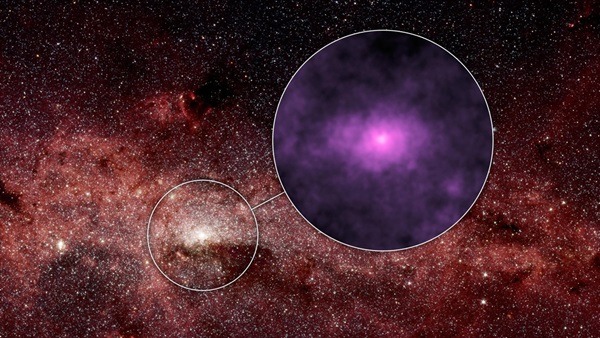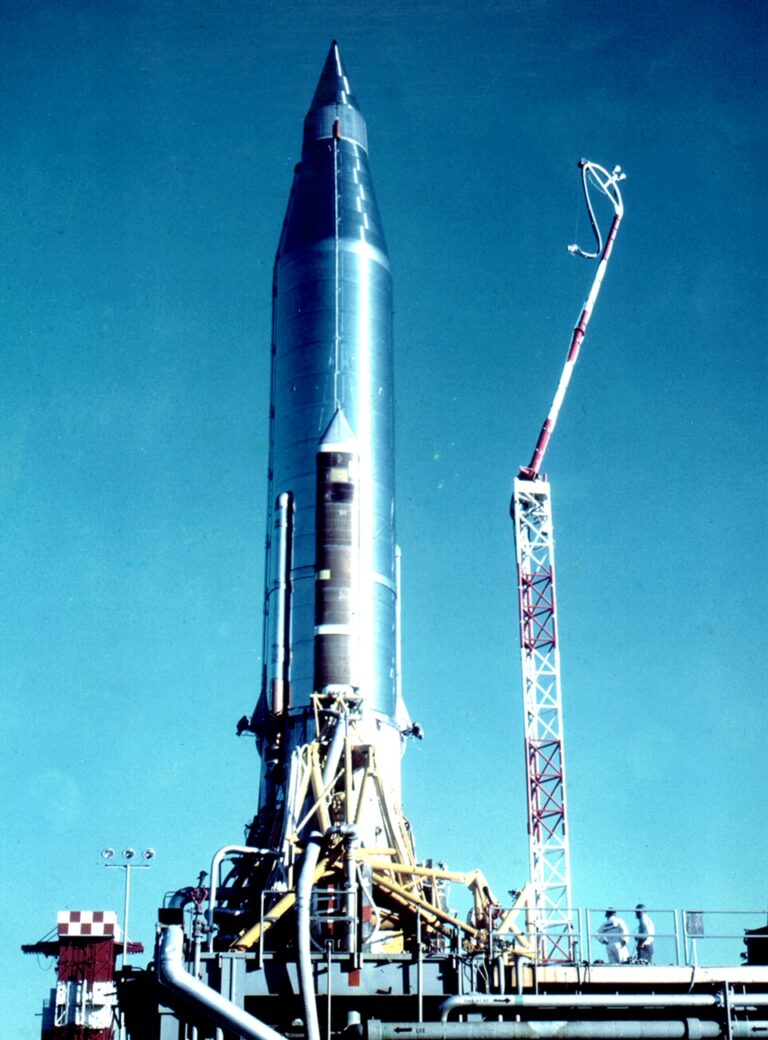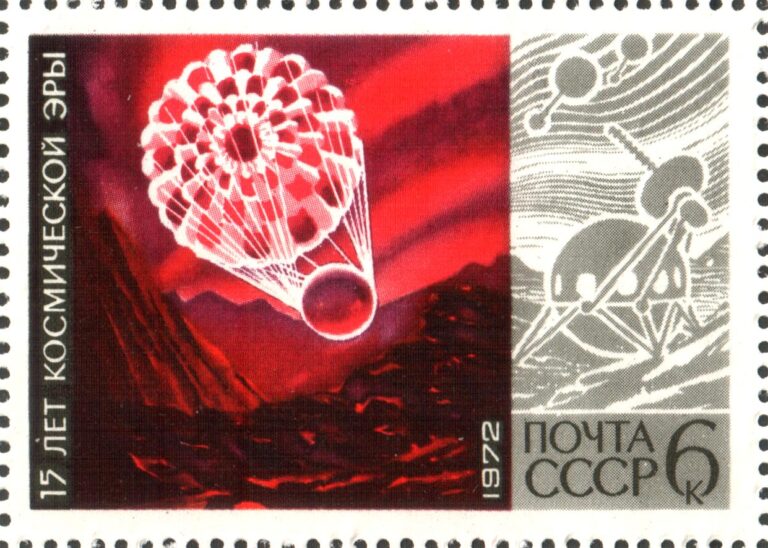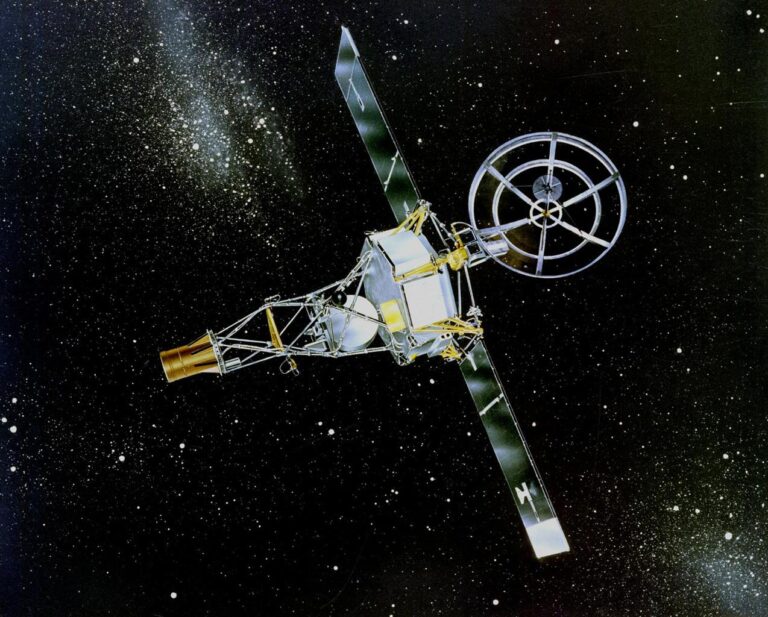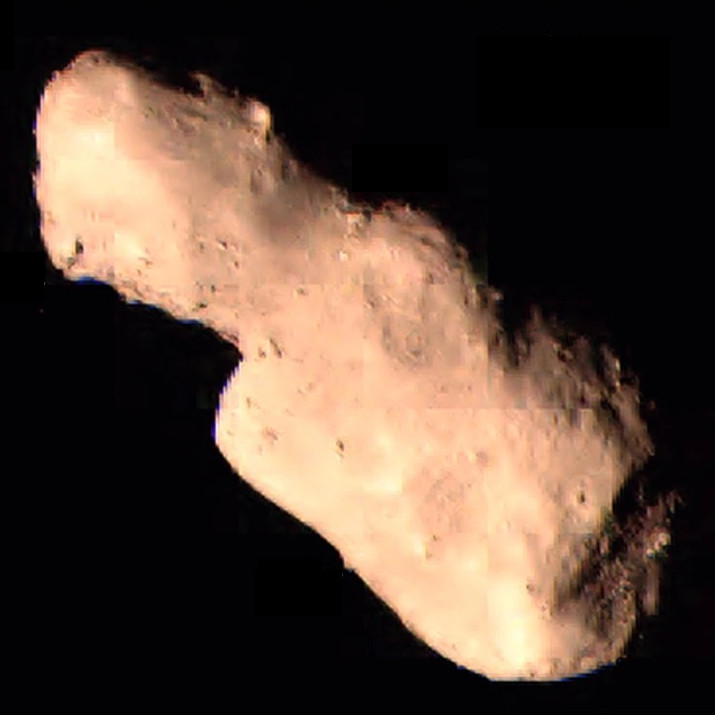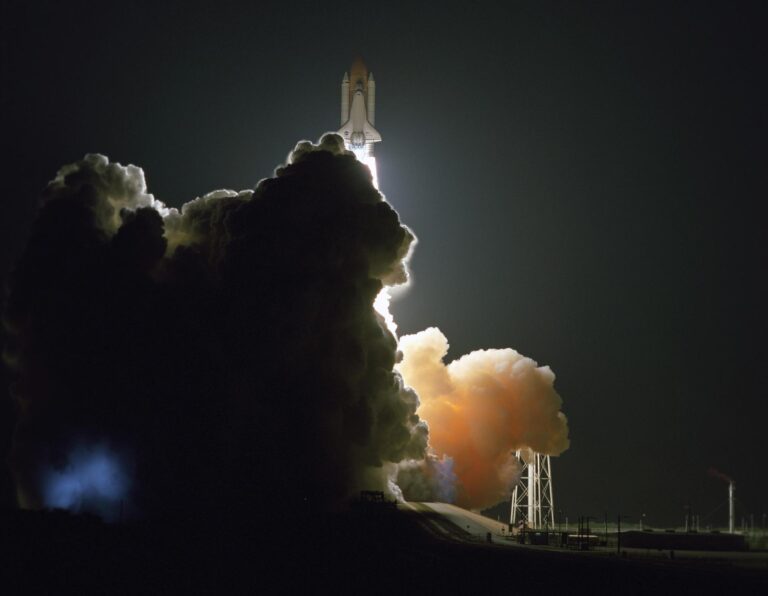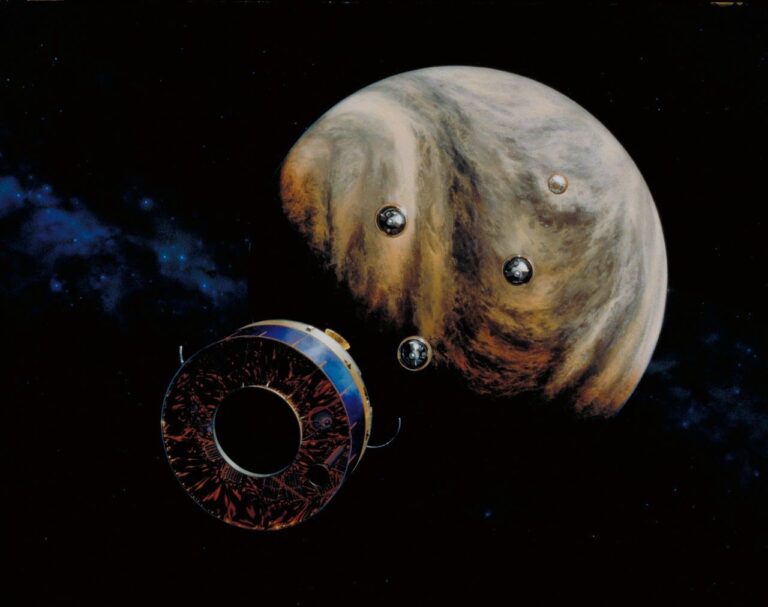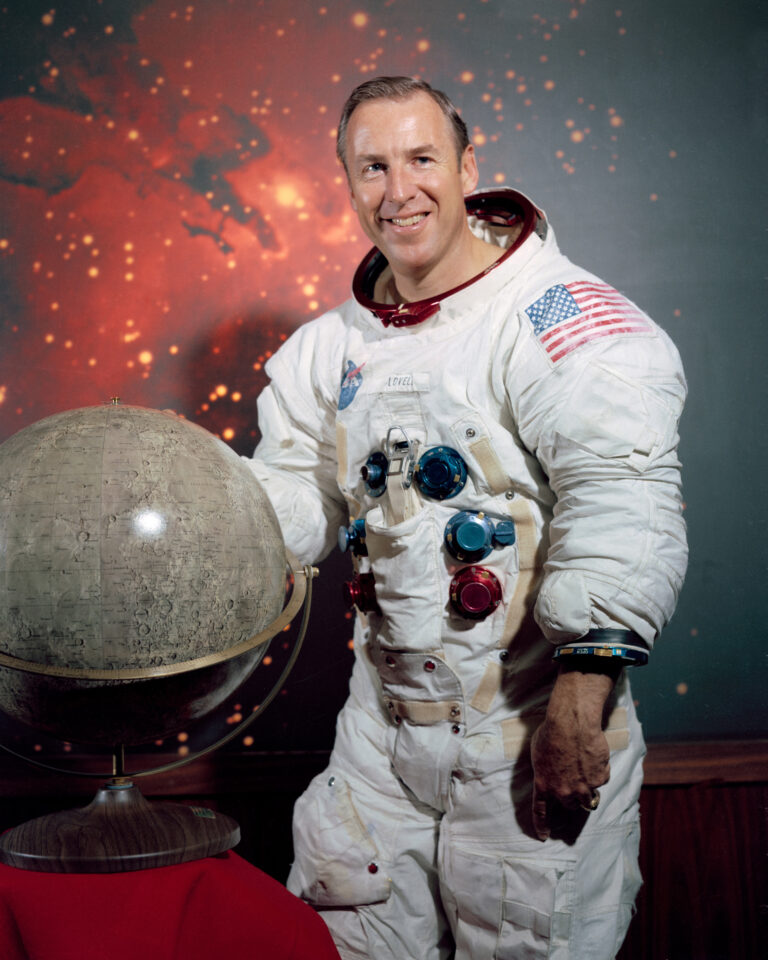Key Takeaways:
- Infrared light, unlike visible light, can penetrate interstellar dust clouds, allowing astronomers to observe celestial objects obscured in the visible spectrum, such as the galactic center and the cores of distant galaxies.
- Infrared astronomy facilitates the study of relatively cool objects, such as planets and asteroids, which do not emit visible light but are detectable in infrared wavelengths. This enables observations of features like planetary weather patterns and exoplanets.
- The Spitzer Space Telescope, operating in the infrared, played a crucial role in advancing astronomical observations by circumventing atmospheric interference and providing unique data complementary to visible-light observations.
- Infrared observations have revealed details about supermassive black holes, including the accretion of material, through the detection of infrared emissions from this process.
But visible light is just part of the broad spectrum of electromagnetic radiation, mostly invisible to human eyes, that astronomers can capture with telescopes. Some wavelengths of infrared light can pass through dust, so looking at the infrared light coming from the center of the galaxy gives astronomers a window into this hidden world.
Infrared light is also key for studying objects like planets and asteroids that aren’t hot enough to shine in visible light but glow in infrared. As an infrared space telescope, the Spitzer Space Telescope played a vital role in broadening astronomers’ views of the universe — a role it is stepping down from, as NASA plans to retire the telescope January 30.
Spitzer’s position in space lets it avoid interference from Earth’s atmosphere that plagues telescopes on the ground. And crucially, its ability to see in infrared allowed Spitzer to study objects that are hidden to telescopes that see in visible light and gain new views that complement astronomers’ work in other wavelengths.
Peering Through Dusty Space
Where visible light gets blocked by dust, some wavelengths of infrared shine through. When astronomers point infrared telescopes toward the center of the Milky Way, they can see stars that speed around the supermassive black hole in the galaxy’s center, for instance. And when Spitzer turned its gaze toward the centers of distant galaxies, it was able to spot infrared light from material falling into these supermassive black holes.
“The optical image doesn’t show you anything. But in the infrared, we can pick up the emission of material falling into the supermassive black hole,” said Varoujan Gorjian, a Spitzer Research Scientist at NASA’s Jet Propulsion Laboratory, during a panel discussion about Spitzer that was broadcast on January 23.
Revealing New Sights
Watching the skies in infrared also lets astronomers study objects that aren’t hot enough to emit in more energetic wavelengths like visible or ultraviolet light. Planets, for example, aren’t hot enough to emit visible light but can glow in infrared. Studying the infrared light from planets in our solar system has revealed new features that weren’t otherwise visible, like the batch of cyclones at Jupiter’s south pole, or a massive, invisible ring around Saturn.
Astronomers have taken advantage of infrared to look at planets in other solar systems, too. An exoplanet may be an invisible speck next to the glare of its star in visible light, but in infrared, it stands a chance of being spotted. So far, astronomers have managed to take images of a handful of exoplanets in infrared light.
Spitzer took this one step further. In 2007, researchers used Spitzer to study the infrared light from HD 189733b, an exoplanet about 60 light-years away. They were able to capture variations of the planet’s infrared brightness, and thus temperature, across the surface of the planet, making the first “weather map” on an exoplanet.
And there are so many more celestial objects that astronomers can study with infrared observatories like Spitzer.
“It opens up a whole cornucopia of data on objects like stellar nurseries, star-formation areas, galaxies, dying galaxies, evolving stars — a whole host of objects,” said Suzanne Dodd, the former Spitzer Project Manager at NASA’s Jet Propulsion Laboratory, at the panel.

